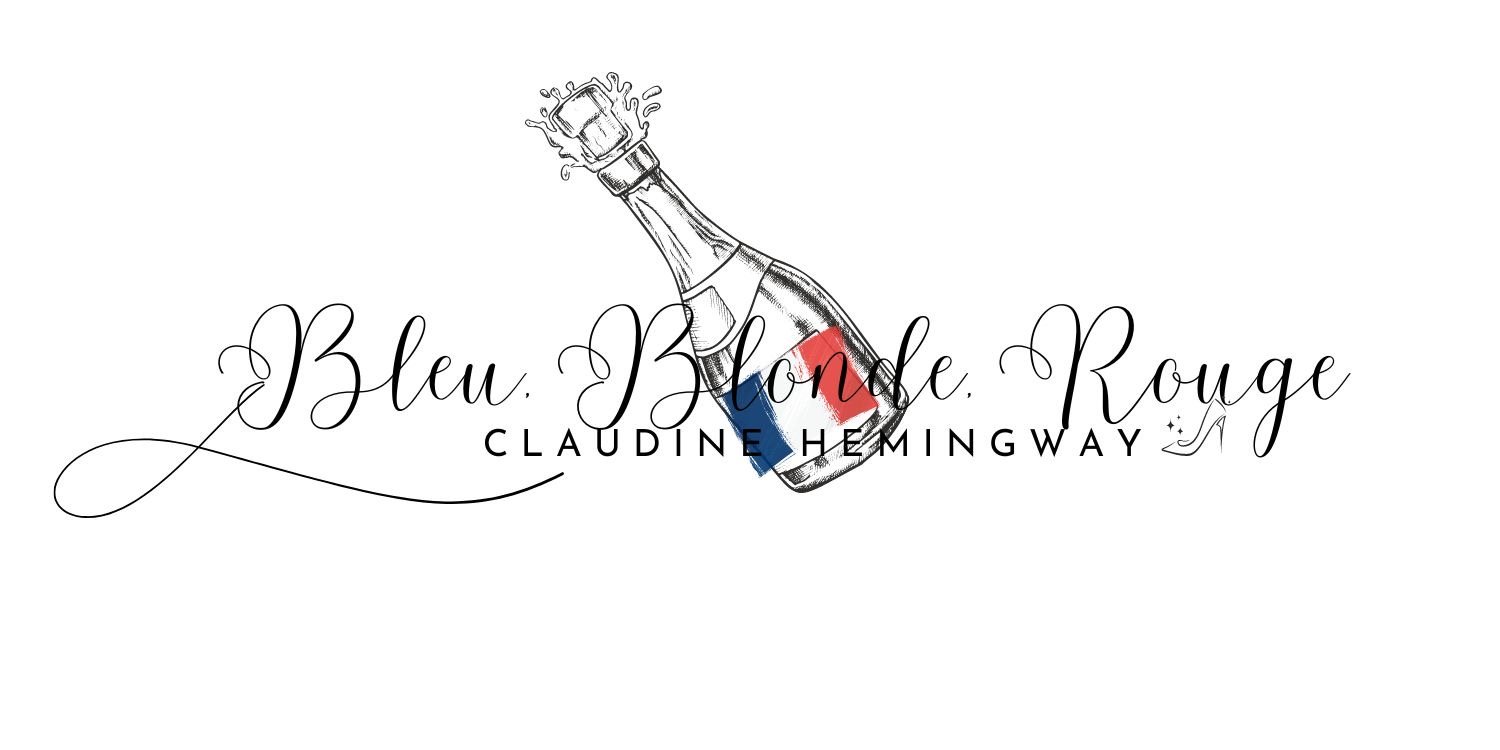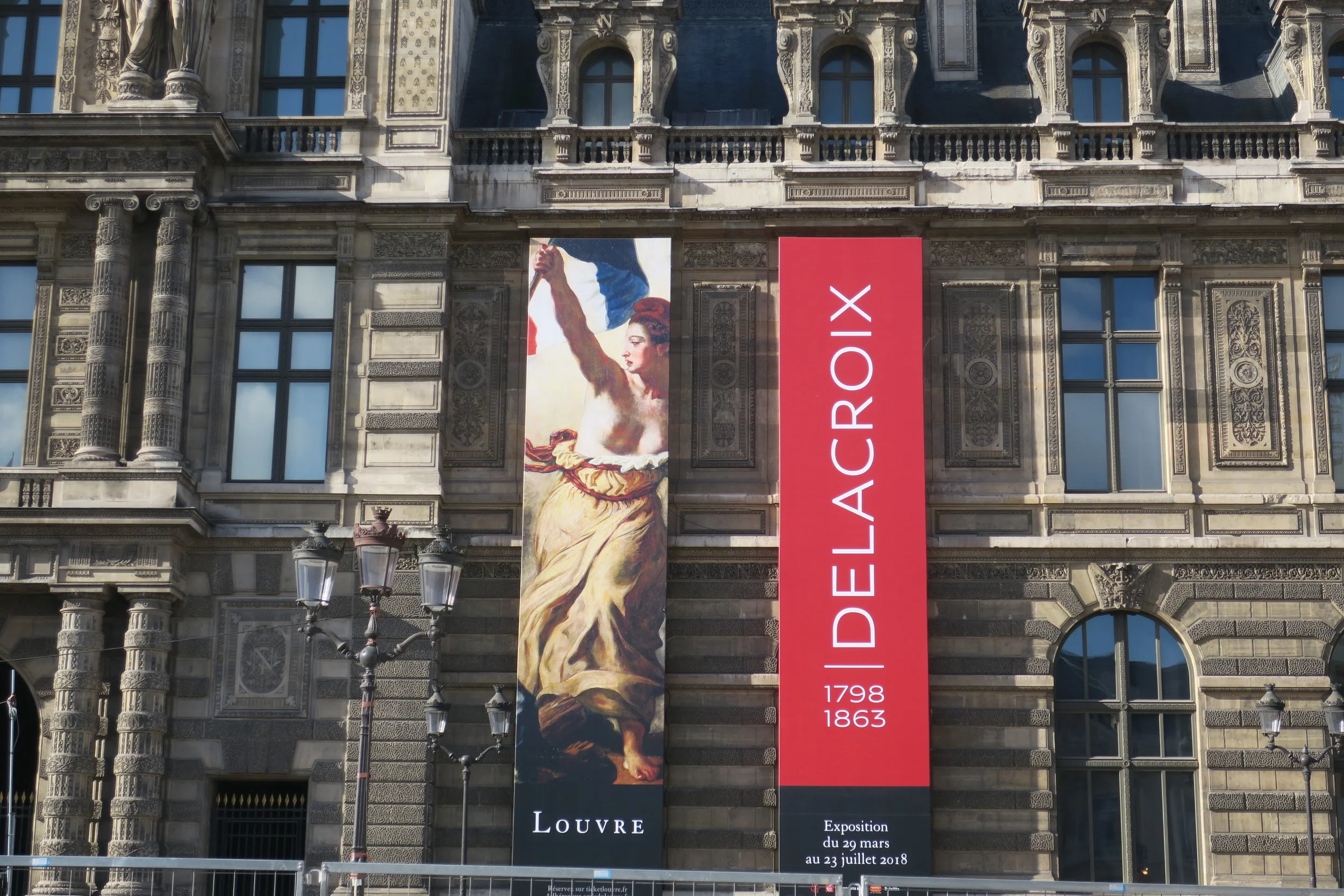Marc Chagall is one of my favorite artists. I love his dreamy colorful paintings that can bring a smile to anyone's face. While his paintings are somewhat hard to find in the Paris museums, there is one place you can find one of his monumental pieces.
The Palais Garnier, one of the most beautiful buildings in Paris was inaugurated in 1875. In 1872 artist Jules Eugène Lenepveu painted the ceiling of the dome in the Salle de Spectacle. The Triumph of Beauty Charmed by Music, Among the Muses and the Hours of the Day & Night was on view over the spectators for almost 90 years. Created on copper plates and attached to a steel structure it would be damaged over time from the gas lighting used in the massive chandelier.
On February 20, 1960 at the gala for the President of Peru, Marc Chagall attended with friend and Minister of Cultural Affairs, André Malroux. Chagall had designed the stage sets for Ravel’s Daphnis et Chloé and Malroux loved it. While looking up at the ceiling he asked Chagall to design a new one for the opera house. For over a year at the age of 77 Chagall sketched out more than 50 designs using every medium he had. To take on the large format panels he used the Manufacture des Gobelins and his studio in the south of France.
His final design of 12 panels, like a large flower because “France is a rose” comprises scenes from 14 major composers. Mozart’s Magic Flute, Berlioz’s Romeo & Juliet, Bizet’s Carmen and Ravel’s Daphnis et Chloé are just a few.
It of course was met with many objections for its contemporary images against the classic Opera but like the Eiffel Tower and Pyramid people have grown to love it. As for the original one, it is still there. Chagall’s was installed seven inches below. You can see a small copy in the small museum in the Garnier, a striking difference to Chagall.
Inaugurated on September 20, 1964 the Chagall ceiling of the Palais Garnier and since then people have been able to see this beauty while attending a ballet or even on a visit. It’s a must see when in Paris. The great Marc Chagall was born on this day 135 years ago in 1887, Merci monsieur for leaving us such a dreamy world.


















